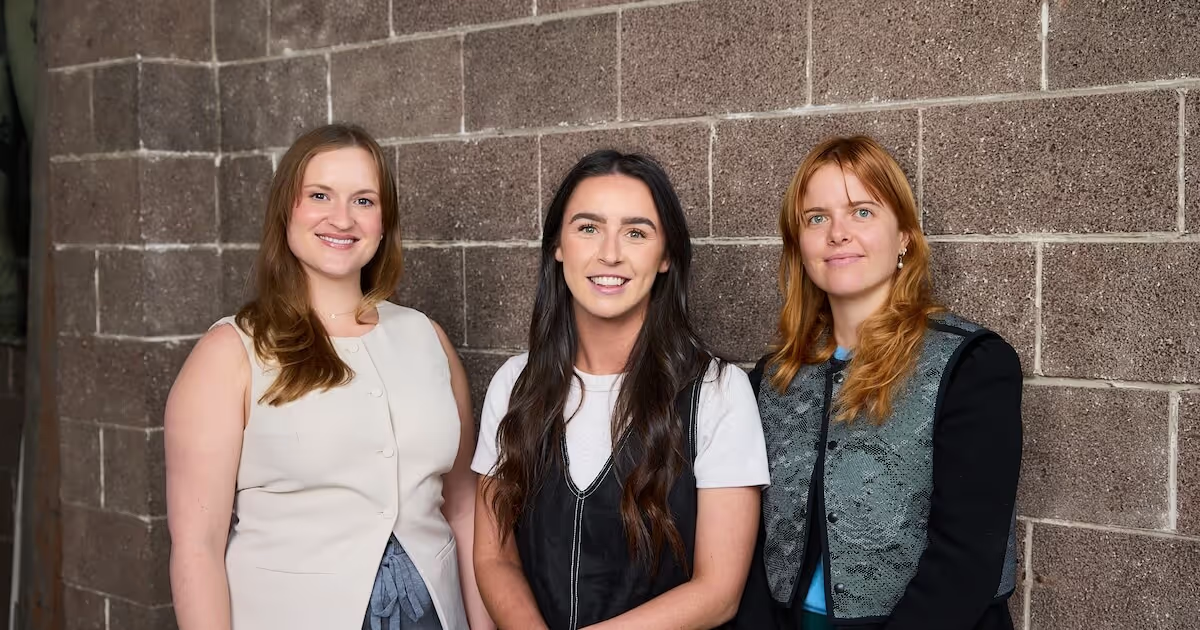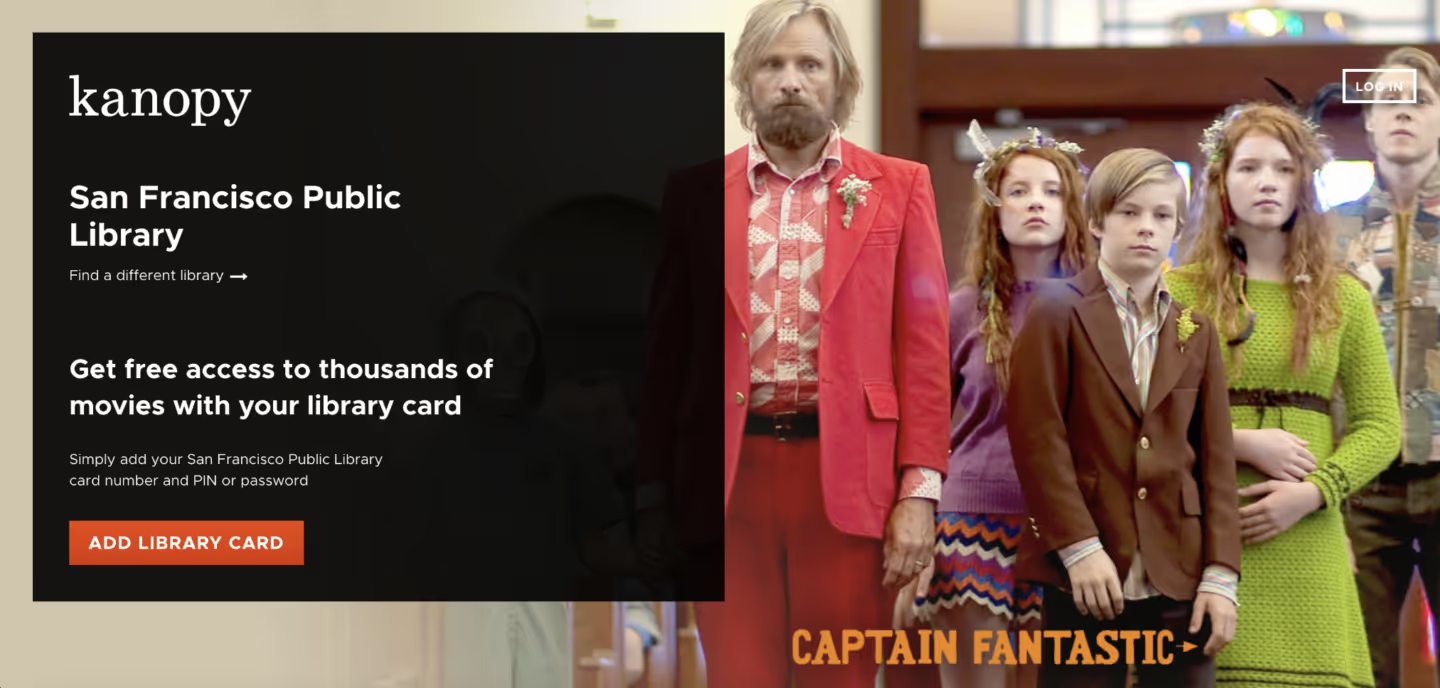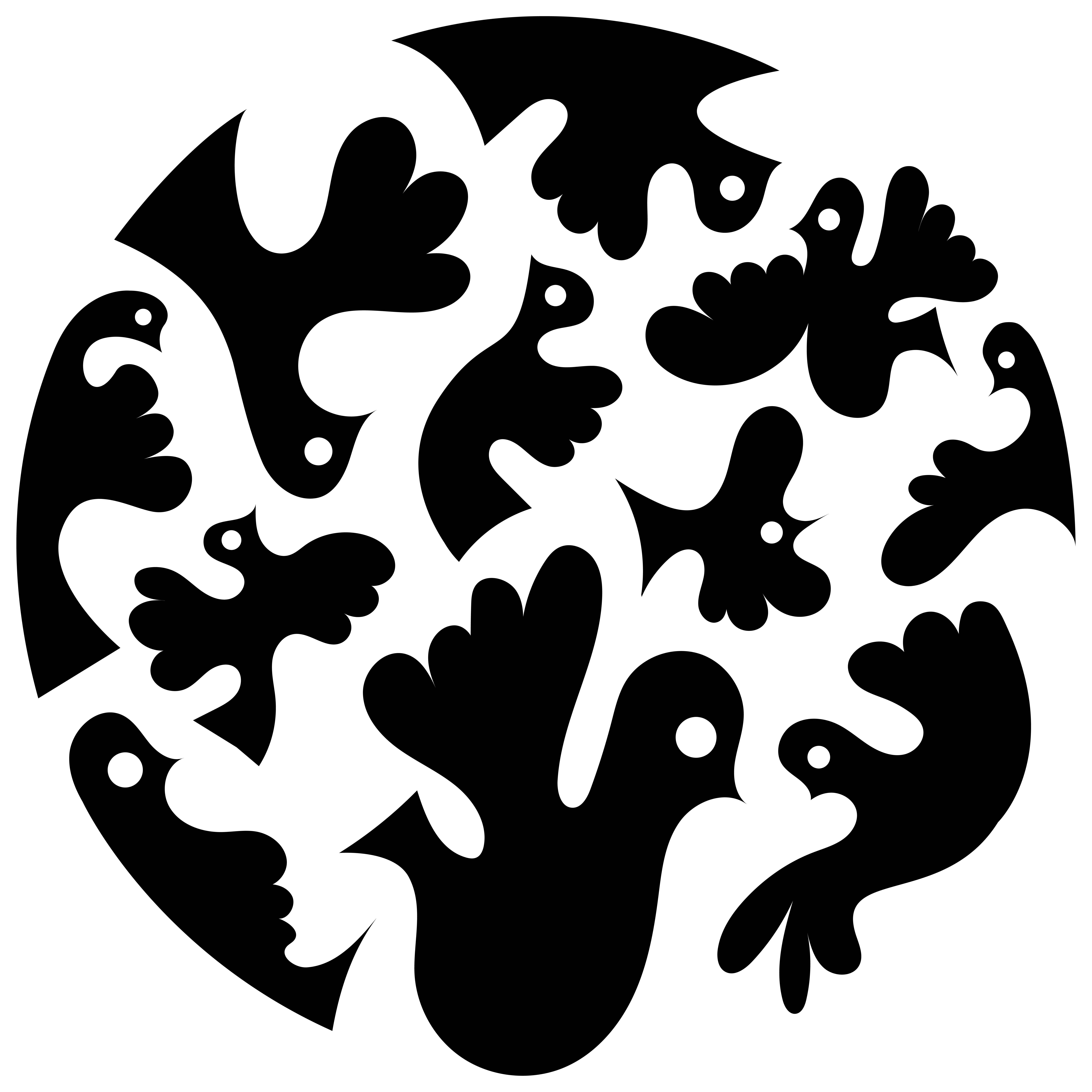.avif)
The most important marketing question 90% of Giants founders didn’t know they needed to ask
Stella Startups Co-founder and Head of Marketing, Gemma Clancy runs us through her first cohort as a Giants Mentor, and what early stage and aspiring founders perhaps should have also asked about marketing.

As a mentor for the most recent cohort of Blackbird Giants I spoke to 16 founding teams, all tackling very different problems. Despite their differences, founders consistently sought advice on many of the same marketing questions:
- “What types of marketing (tactics and channels) should I focus on?”
- “How do I develop a marketing strategy to gain traction pre and post launch?”
- “How do you do effective marketing on a limited (or non-existent) budget?”
- “Should I run paid ads?”
- “What makes a good website? How do I ‘optimise’ mine?”
- “WTF is a funnel!?”
These questions highlight the universal marketing challenges startups face – I hear them all the time from our clients at Stella Startups, too.
Yet one critical area, which underpins effective marketing, was regularly overlooked:
How do you develop strong positioning, and in turn, compelling messaging – the foundations of all successful marketing efforts?
Are you “throwing sh*t and seeing what sticks”?
Many founders face the challenge of balancing time spent on strategy, with time spent actually executing. In the early stages, there’s a tendency to focus on execution. You have to put things out into the market to know what works right…?
The problem with this approach, especially when it comes to marketing, is that without a strategy, you could be shooting arrows – and limited resources – at the completely wrong target. You could also be aiming at invisible targets, making it impossible to determine success.
Two fundamental strategic exercises help solve this problem and make executional work much more effective:
- Getting clear on positioning
- Developing a brand narrative
The linchpin that is positioning
Positioning is an incredibly underrated exercise that every startup should do before any other marketing work. Positioning also feeds into much more than marketing – it's a fundamental part of your business strategy, along with your business model, pricing strategy and product roadmap.
You might not get positioning “right” from day one, but even setting out your hypothesis for what you think it should be is a crucial step in uniting you/your team around a clear vision. Essentially, positioning is how you intend to make your product a leader at delivering something a well-defined set of customers cares a lot about.
So how can you define your positioning? April Dunford (who cleverly coined the above definition I’ve bolded) is the GOAT when it comes to positioning and has written extensively on how to do it. Her framework for developing positioning, which goes beyond the traditional ‘positioning statement’, is outlined below.

To learn more about positioning, read April’s article on ‘An Introduction to Positioning’ or to go deeper, I highly recommend her book, Obviously Awesome.
At the end of the day, your positioning is all about how your customers see you (not how you think they should see you), so leveraging real-world insights and validating it with them is a critical piece of the puzzle. These insights are most valuable in the form of customer interviews. But from our experience at Stella Startups, we know that isn’t always possible if you have only a few customers (or none) so far! In these cases, we suggest completing research with potential customers, such as those you’ve already identified as ideal adopters of your product.
You should also regularly refer to your positioning framework in the early days to sense check assumptions against new insights about your customer and market.
How (and why) to develop a brand narrative
A strong brand narrative allows any company, no matter their stage or size, to articulate their reason for being in a story-like structure. It takes your positioning and turns it into something evocative and compelling. In its raw form, the document itself is usually for internal use and can sound like a rally cry for your team to get behind. But out of your narrative should flow all your customer-facing messaging, and it also provides a lens through which to define your brand strategy and content themes.
A brand narrative will often follow what's referred to as a 5-act story arc. Here's an example of a basic narrative structure you could adapt for your own use.

This edition of Lenny’s Newsletter (and the accompanying podcast) does a great job of explaining the power of developing a narrative. (In this case the guest refers to it as a “strategic narrative”.)
But what about execution?!
If you’re wondering how developing your positioning and narrative translate into your marketing strategy, and ultimately the channels and tactics you will choose to execute, here’s a brief overview of how it all comes together.

Your positioning well help you clarify:
- The market you win. If you’re positioning yourself as one thing (e.g. a CRM), when you’re actually better described as something else (e.g. a database), the market will compare you against companies you will never win against.
- Who your competitors really are. This can provide a benchmark for what ‘good’ marketing looks like, serve as inspiration for your marketing strategy, or highlight opportunities where your competitors lack.
- The customers who will care most about your product. Once you know who they are, you’ll be a whole lot clearer on where to find them.
- The key attributes of your product you should highlight, and how to communicate their value to your target customers. This is a gold mine for developing content that prospects will actually engage with.
Clear positioning allows you to build your marketing foundations, including your:
- Narrative, which brings your positioning to life in an evocative way anyone can read and immediately feel bought-into your reason for being.
- Brand messaging, including your tagline and the key brand perceptions you want your audience to associate with your company (e.g. they’re leaders in X, the product with the best X, they’re driven by X values or motivations).
- Your customer messaging, which should align to your brand messaging, but be specific to the needs of each ideal customer profile and/or buyer persona you’re targeting. You should be able to answer this question: “What is the most important thing we need to communicate to this customer?”
If you have these elements right, any fuel (aka content) you create will be 100x more effective at cutting through to your audience. Together with the insights you’ve gained about your market and customers from your positioning, this fuel will power the engine that is your growth strategy.
As you develop your growth strategy, with these tools in your back pocket, you’ll find you can more easily land on answers to most, if not all, the common questions we started off talking about. Maybe everything other than “WTF is a funnel” - we can tackle that one another day… 😜.
About the Author
Gemma Clancy is the Co-founder and Head of Marketing at Stella Startups. Stella Startups provides marketing advice and support to startups and scaleups, with services purpose-built for their resources and stage. She’s also the Co-founder and Head of Growth for Overnight Success, a grassroots media and community platform with more than 3,200 subscribers to its weekly newsletter, which provides a comprehensive overview of the latest news and opportunities from across the Aussie startup ecosystem.






.avif)



.avif)
.avif)


.avif)





